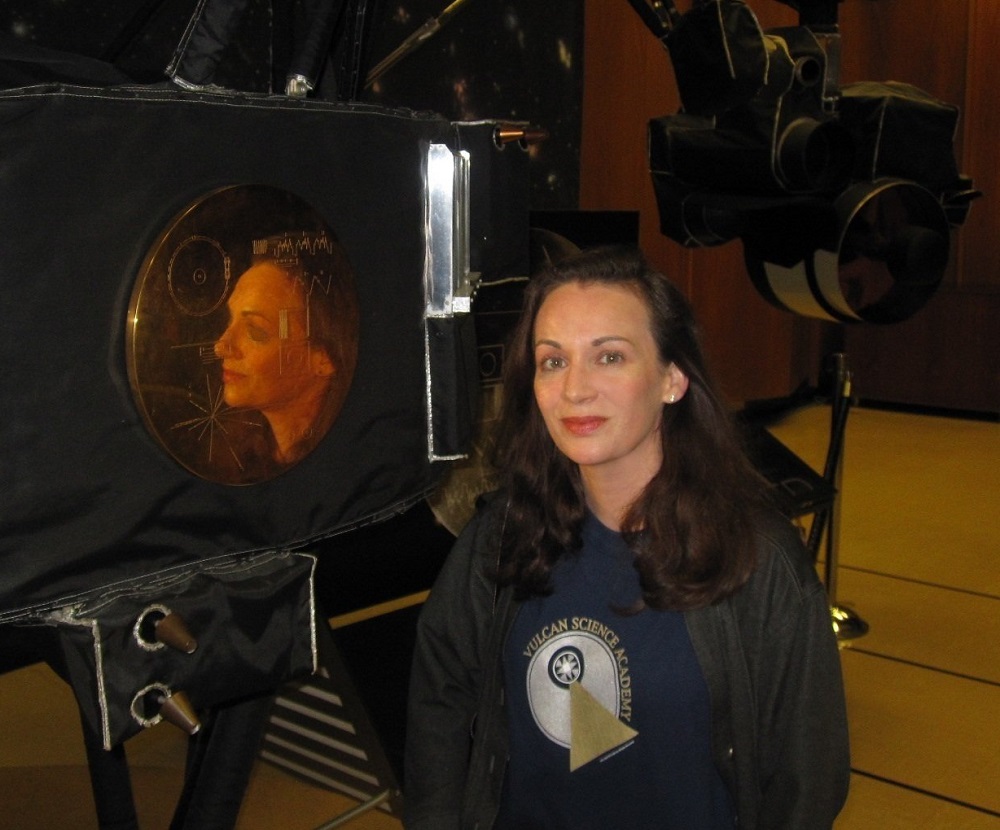A radio transmitter in Norway was used to broadcast a message to putative aliens a dozen light-years away. Could this type of signaling expose us to existential danger from unknown beings?
How do we keep astronauts healthy on long-duration interplanetary missions? Find out about micro-gravity spaceflight simulations designed to help astronauts on a mission to Mars.
Wanted: Student leaders who have high ambition and excellent communication skills. NASA hosts many research initiatives where the general public can participate. We'll find about these programs and the people who run them.
Tickets: $7 Online, $10 at the Door
Wednesday, Dec 13, 8:00pm
Food and Drinks available for purchase
PianoFight, 144 Taylor St, San Francisco
Should we talk to the aliens?
Seth Shostak
Senior Astronomer, SETI Institute
Recently, a radio transmitter in Norway was used to broadcast a message to putative aliens a dozen light-years away.
Could this type of signaling expose us to existential danger from unknown beings, or is it merely an effort to provoke contact with other sentients?
Why aren't we already on Mars?
Heather Archuletta
Contractor for NASA Johnson Space Center
Heather has worked as contractor for NASA Johnson Space Center in 3 spaceflight simulations after passing the screening for astronaut training.
In this talk she will discuss the micro-gravity spaceflight simulations designed to develop counter-measures for keeping astronauts healthy on long-duration interplanetary missions, such as those going to Mars!
Students push boundaries in Space Science research
Camille Eddy
Mechanical Engineer and Robot Enthusiast
Wanted: Student leaders who have high ambition and excellent communication skills.
NASA hosts many research initiatives that target students of all ages, from high school to college and grad school and beyond. Even the general public has opportunities to participate. I'll talk about these programs and the people who run them.




